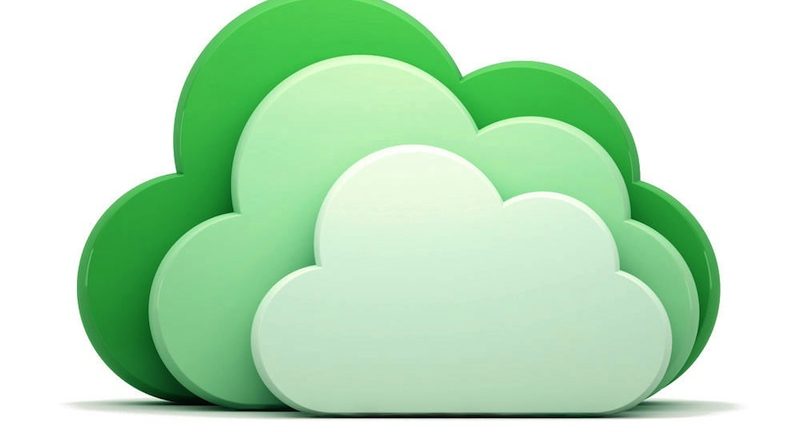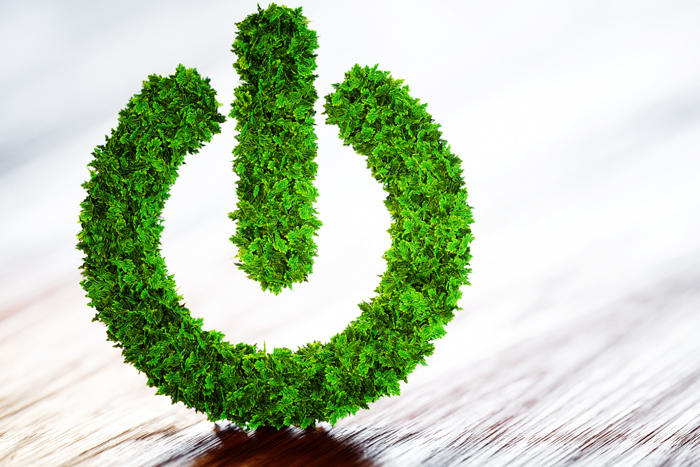Cloud computing is on an exponential growth which is leading to a rapid expansion in data centers. This is causing a dramatic rise in energy consumption and its effect on the environment’s carbon footprint. Yes, that’s the reason for practicing Green Cloud Computing.

Green Cloud Computing consists of policies and procedures that IT services can offer to society. It’s a buzzword formed from the words ‘green’ and ‘cloud computing’, which means environment-friendly cloud computing practices. It is “the study and practice of designing, manufacturing, using and disposing of computers, servers, and their associated subsystems.”
So, without further ado, let’s get to what green cloud computing is all about:
• Green Design: Designing energy-efficient servers, computers, software applications, infrastructure, and other digital devices to reduce the amount of energy consumed.
• Green Production: Minimizing energy wastage by recycling and repurposing equipment during the production process of digital devices for a more sustainable environment.
• Green Usage: Reducing the amount of energy utilization of a product in use can reduce nearly 27% of energy.

What are the Goals and Techniques of Green Cloud Computing?
The goals of green computing include a reduction in the use of hazardous materials, maximizing energy efficiency during a product’s lifetime, and promoting recyclability/biodegradability of defunct products & factory waste.
Aside from this, there are plenty of approaches to green computing like product longevity, algorithmic efficiency, resource allocation, virtualization, and power management, etc… Here are 3 major techniques that can revolutionize the future of green cloud computing:
Nano Data Centers: These are newly developed computing platforms that use internet service providers (ISP) controlled home gateways to offer computing and storage services. These centers are way more energy-efficient than conventional data centers and help in reducing the cost of heat dissipation. They also have high service proximity along with the capacity for self-adaptation or self-scalability.
Dynamic Voltage Frequency Scaling: This is a method that can reduce power and energy consumption processes that are used with frequency scaling. It has a tendency to reduce energy consumption and leverage the utilization of resources.
Virtualization: This technique improves machine management and energy efficiency via sharing a single physical instance of a resource/application with multiple customers or organizations at the same time. It maximizes the number of available system resources in an eco-friendly way and enables better monitoring & management of resource allocation. It also aids the server group in maximizing its ability to share resources.
How can you practice green cloud computing?

While research continues to make the use of computers as energy-efficient as possible and designing algorithms & systems for efficiency-related computer technologies, a cloud user can always practice green cloud computing in the following ways:
• Using sleep mode while away from your computer for an extended amount of time.
• Turning off computers at the end of the day.
• Considering refurbishing electronic devices rather than buying new ones.
• Recycling electronic waste products.
Conclusion: Cloud computing has become an essential infrastructural demand for all modern organizations for features beyond covering scalability, security, and cost-effectiveness. However, its ever-growing demand has also resulted in elevating energy consumption levels. This has ultimately lead to a rise in the environment’s carbon footprint. As the number of data centers increase over time, they will require thousands of servers and other necessary materials to enable its full-fledged operation. This is why Green Cloud Computing is now more important than ever.
For more articles like green cloud computing, follow us on Facebook, Twitter, and LinkedIn.